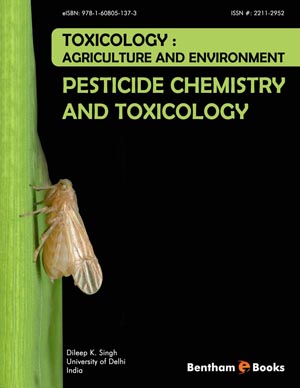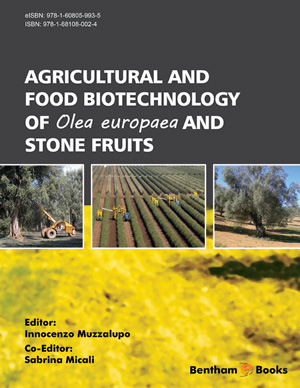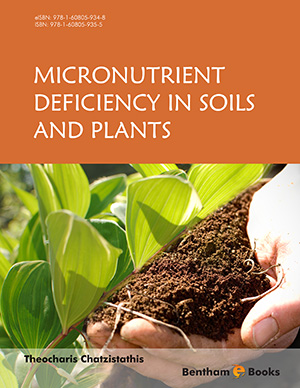Abstract
Pesticides are biocides especially designed to kill, repel, attract and mitigate the organisms, which are nuisance to humans and their agricultural and hygiene activities. The pesticides may be the organic molecules or inorganic synthetic molecules or the biopesticides. The toxicological activities on pests depend on their chemical structure and different life stages. These pesticides can be classified as organochlorine compounds, organophosphorus compounds, carbamates, pyrethroids and neonicotenoids. In organochlorine compounds, the number and position of Cl in molecule decides the toxicity. They are nonpolar and lipophilic in nature. Organophosphorous pesticides (OP) are neutral ester or amide derivatives of phosphorous acids carrying a phosphoryl (P-O) or thiophosphoryl (P-S) group. OP pesticides are identified by single characteristic i.e., they act by inhibiting cholinesterase enzyme. Carbamates are anticholinesterase inhibitor pesticides and are synthetic derivative of physostigmine, also known as eserine, which is a principle alkaloid of plant, Physostigma venenosum, Calabar bean. Chemically, they are esters of carbamic acid, HOOC.NH2, with insecticidal (and related) properties. Pyrethroids are esters formed by the combination of two acids i.e Chrysenthemic acid and Pyrethric acid, with three alcohols namely Pyrethrolone, Cinerolone and Jasmolone. They are nerve poisons and affect the nerve axon, causing repetitive discharge of nerves which results in eventual paralysis. The neonicotinoids, are the newest major class of insecticides, derived synthetically from nicotinoids. Mode of action of neonicotinoids is that they act as agonists at the insect nicotinic acetylcholine receptor (nAChR). In this chapter, we will study the chemistry of different group of pesticides.
Keywords: Pesticides; History of pesticides; Pesticide classification, Organochlorine pesticides, Organophosphorus pesticides; Carbamate pesticides; Pyrethroids; Plant origin pesticides; Biopesticides; Fumigants.














